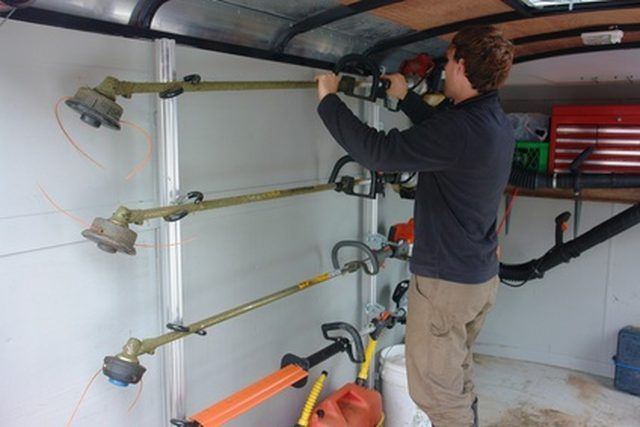Bulbs
Flower Basics
Flower Beds & Specialty Gardens
Flower Garden
Garden Furniture
Garden Gnomes
Garden Seeds
Garden Sheds
Garden Statues
Garden Tools & Supplies
Gardening Basics
Green & Organic
Groundcovers & Vines
Growing Annuals
Growing Basil
Growing Beans
Growing Berries
Growing Blueberries
Growing Cactus
Growing Corn
Growing Cotton
Growing Edibles
Growing Flowers
Growing Garlic
Growing Grapes
Growing Grass
Growing Herbs
Growing Jasmine
Growing Mint
Growing Mushrooms
Orchids
Growing Peanuts
Growing Perennials
Growing Plants
Growing Rosemary
Growing Roses
Growing Strawberries
Growing Sunflowers
Growing Thyme
Growing Tomatoes
Growing Tulips
Growing Vegetables
Herb Basics
Herb Garden
Indoor Growing
Landscaping Basics
Landscaping Patios
Landscaping Plants
Landscaping Shrubs
Landscaping Trees
Landscaping Walks & Pathways
Lawn Basics
Lawn Maintenance
Lawn Mowers
Lawn Ornaments
Lawn Planting
Lawn Tools
Outdoor Growing
Overall Landscape Planning
Pests, Weeds & Problems
Plant Basics
Rock Garden
Rose Garden
Shrubs
Soil
Specialty Gardens
Trees
Vegetable Garden
Yard Maintenance
How to Remove a Homelite Trimmer Clutch
How to Remove a Homelite Trimmer Clutch. The clutch on Homelite trimmers is a centrifugal clutch, which includes a clutch drum, clutch shoes and spring. The crankshaft engages and spins the clutch, which powers the piston in the cylinder. The drum, shoes or spring can all wear out over time, and will need to be replaced. Removing the clutch on...

The clutch on Homelite trimmers is a centrifugal clutch, which includes a clutch drum, clutch shoes and spring. The crankshaft engages and spins the clutch, which powers the piston in the cylinder. The drum, shoes or spring can all wear out over time, and will need to be replaced. Removing the clutch on these trimmers can only be accomplished by blocking the piston from moving in the cylinder, therefore, this operation is better left to a professional or those who have prior small engine knowledge.
Things You'll Need
Screwdriver
Socket wrench
Piston stop tool
Wrench
Unscrew the ignition housing screws on the trimmer's boom shaft. Disconnect the two lead ignition wires from the "On/Off" switch. Unscrew the screw holding the throttle cable to the engine.
Remove the cylinder cover. Unhook the throttle cable's Z fitting from the carburetor. Unscrew the four screws holding the control handle and boom to the front of the engine housing.
Slide off the rubber plug attached to the spark plug. Unscrew and remove the spark plug from the engine. Insert the piston stop tool into the spark plug's vacant hole. Turn the piston until it contacts the stop tool.
Loosen the captive screw that's holding the clutch drum and connector to the crankcase with the screwdriver. Pull the drum and connector off of the crankshaft.
Loosen the nuts holding the clutch shoes to the crankshaft counterclockwise with the wrench. Remove all of the clutches shoes, making sure you don't spread the fingers of the shoes as you pull them off the crankshaft. If the clutches have moved from their original position they should be replaced.
Inspect the clutch plate arms to make sure they aren't damaged. Unscrew the clutch plate and replace only if the centrifugal force is not allowing it to contact the clutch drum.
Reassemble all of the clutch shoes to their original position and screw in place with the wrench. Set the drum and connector back in place over the crankshaft; tighten their retaining nut. Remove the piston stop tool and reattach the spark plug and connecting wire.
Reattach the throttle cable's Z fitting to the carburetor. Place the starter cover back in place. Tighten the four screws holding the control handle and boom shaft to the engine. Reconnect the ignition wires to the "On/Off" switch and the ignition housing assembly.
Tips & Warnings
While Homelite makes a piston stop tool there are many options for piston stop tools. Any piece of thick rubber will do.
Blocking the piston with a piece of the starter cord can cause serious damage to your piston and exhaust port if you don't have the piston in the right position before inserting the cord.